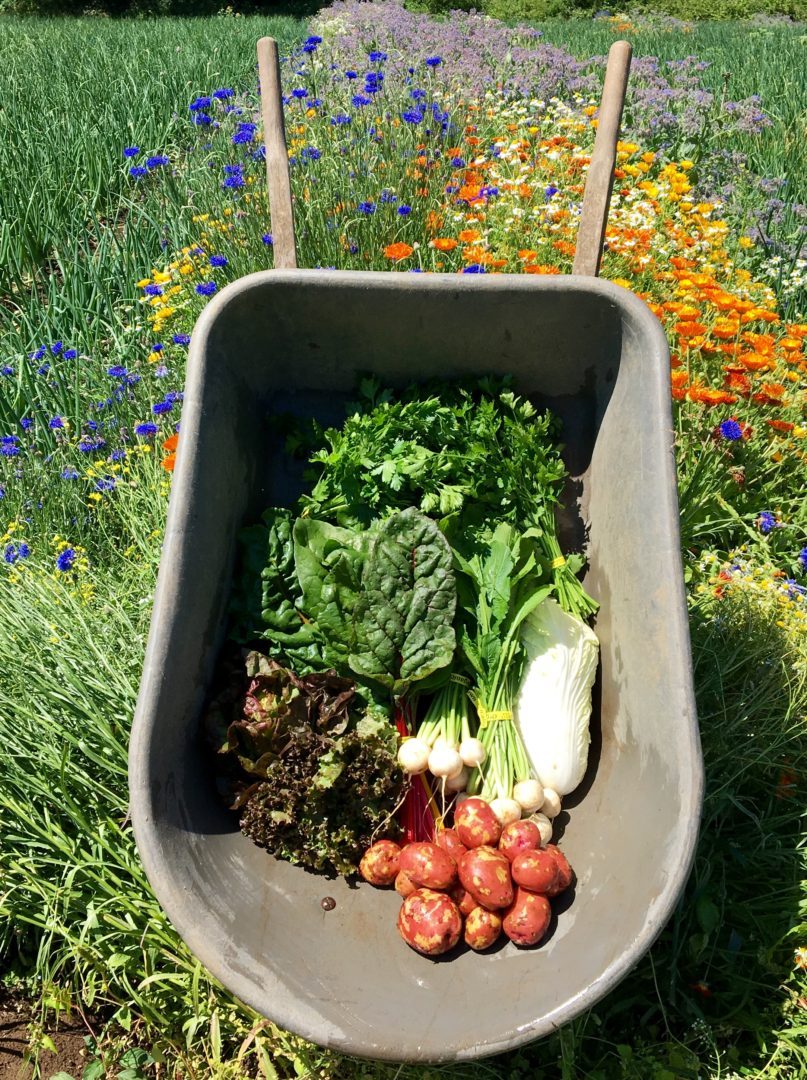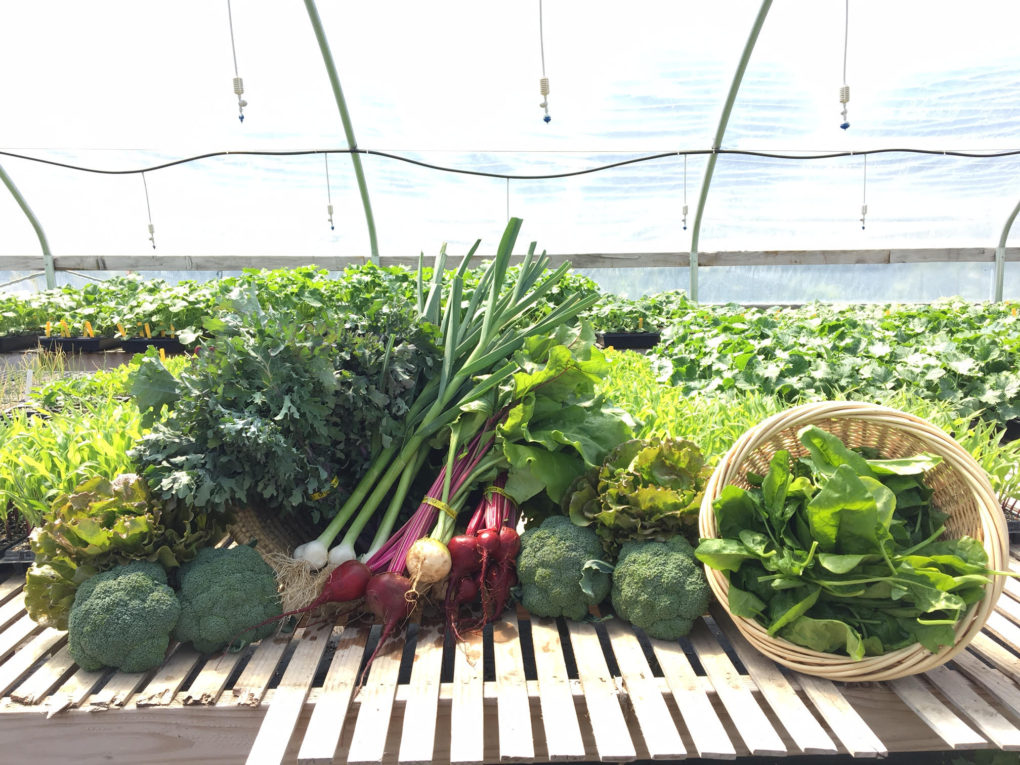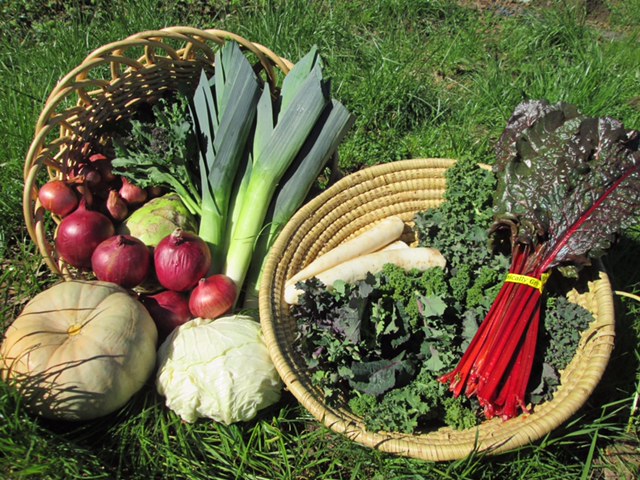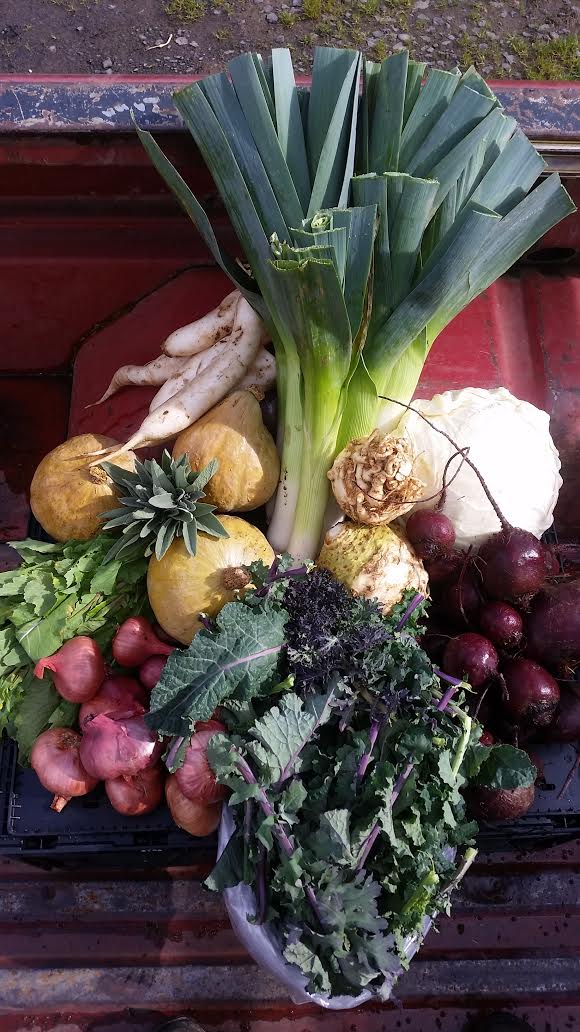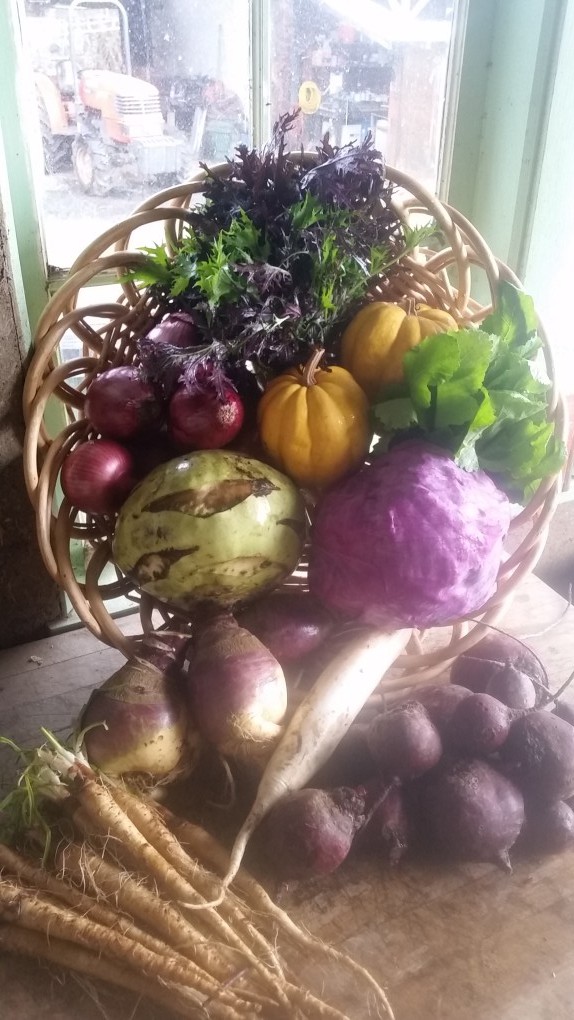In Your Share This Week
- Beets
- Carrots
- Cilantro
- Kale
- Lettuce
- Onions
- Turnips
We took a break this week from recipes and blogging. We will be back to our regular schedule next week. Hope you enjoy all the veggies & let us know if you have any recipes you would like to share with the CSA community.


